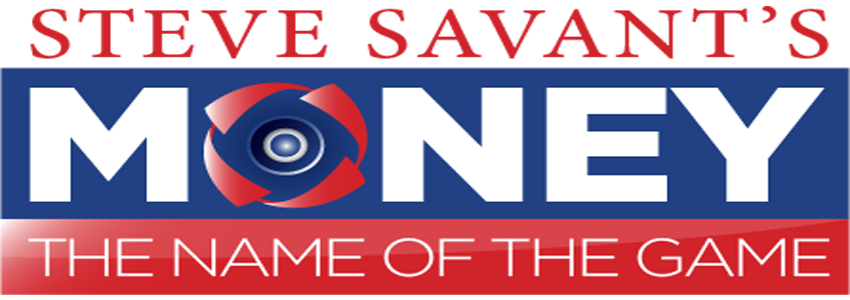 Mesa 8/23/2018 10:00:00 AM
Mesa 8/23/2018 10:00:00 AM
News / Finance
Profit Sharing & Cash Balance Plans - Employer Retirement Options
Combo Pension and Contribution Plans Can Offer More Retirement Options

Cash Balance
A cash balance plan is a defined benefit plan that defines the benefit in terms that are more characteristic of a defined contribution plan. In other words, a cash balance plan defines the promised benefit in terms of a stated account balance.
In most cash balance plans, a participant's account is credited each year with a "pay credit" (such as 5 percent of compensation from his or her employer) and an "interest credit" (either a fixed rate or a variable rate that is linked to an index such as the one-year treasury bill rate). Increases and decreases in the value of the plan's investments do not directly affect the benefit amounts promised to participants. As a result, investment risks are borne by the employer.
When a participant becomes entitled to receive benefits under a cash balance plan, the benefits that are received are defined in terms of an account balance. For exmple, assume that a participant has an account balance of $100,000 when he or she reaches age 65. If the participant decides to retire at that time, he or she would have the right to an annuity based on that account balance. Such an annuity might be approximately $8500 per year for life. In many cash balance plans, however, the participant could instead choose (with consent from his or her spouse) to take a lump sum benefit equal to the $100,000 account balance.
If a participant receives a lump sum distribution, that distribution generally can be rolled over into an IRA or to another employer's plan if that plan accepts rollovers.
Profit Sharing Plan
Employer contributions to a profit sharing plan in most cases are discretionary - there is no required percentage and annual contributions are not required, but they do need to be “recurring and substantial.” Contributions can be made even if there are no profits. Employer contributions are tax deductible and contributions are generally not taxed to the employee. Earnings accumulate income tax-deferred, are taxed as ordinary income during distributions and may be eligible for 10-year income averaging.1At retirement the employee can, roll over the plan to a traditional or Roth IRA, or to another employer plan that accepts rollovers.
Except for more than 5% owners, required minimum distributions (RMDs) must begin by April 1 of the later of the year following the year when the participant reaches age 70½, or the year following the year when the participant retires. More-than- 5% owners must begin to receive distributions by April 1 of the year following the year they reach age 70½.
Jodie Dailey is a co-contributor to this press release.
